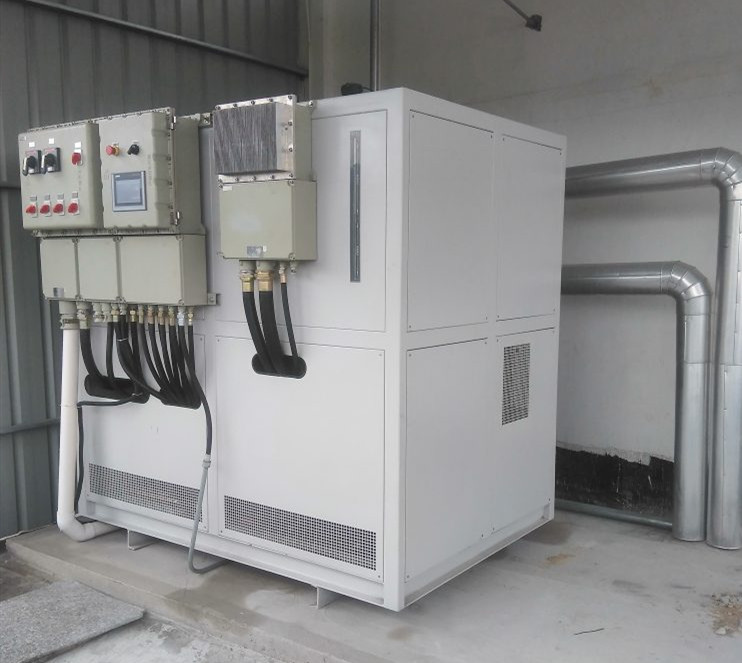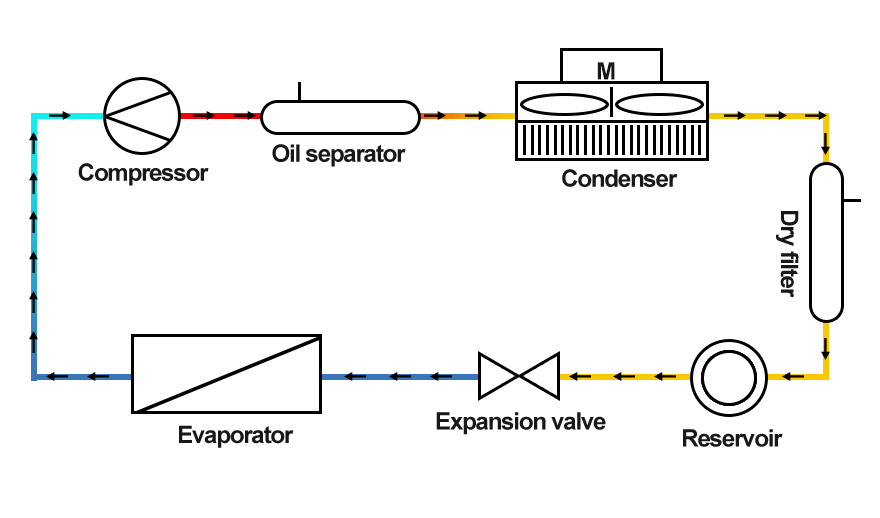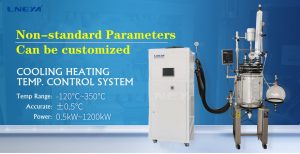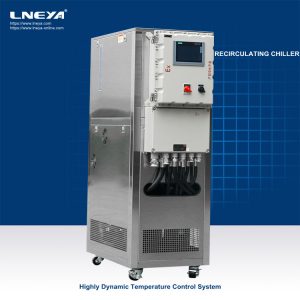Install a refrigeration unit for the circulating cooling water of the quenching tank
The quenching tank is a container filled with quenching medium. When the workpiece is immersed in the tank for cooling, it must be able to ensure that the workpiece is uniformly quenched at a reasonable cooling rate. It is a container that provides sufficient cooling capacity for the quenching of the workpiece to meet the technical requirements .
The quenching tank structure is relatively simple, mainly composed of tank body, medium input or discharge pipe, overflow tank, etc., and some are additionally equipped with heaters, coolers, stirrers and smoke exhaust fire prevention devices. The temperature of the quenching medium is one of the important factors affecting the quenching effect of the workpiece. Therefore, strictly controlling the temperature of the medium in the quenching tank is a measure to ensure the quality of heat treatment.
There are mainly three types of quenching tanks, oil tanks and bath tanks on the market. Here we mainly talk about the quenching tank. According to the cooling method, the water-cooling type has higher cooling efficiency, but because the temperature of the cooling water needs to be controlled, a sufficiently large cooling pool must be established. At the same time, the circulating cooling of the cooling water also requires the addition of a chiller unit to the quenching tank.
For large production batches, continuous production or large quenching tanks, the heated quenching medium is discharged into the cooling system for circulating cooling. Circulating replacement cooling water consumes a lot of resources, so additional refrigeration units are good news for manufacturers. The refrigeration temperature range of LNEYA cycle refrigeration unit is -150°C to -5°C, which can meet the needs of different refrigeration temperatures. The refrigeration speed is fast and can be frozen to -120°C within 3 minutes after stable operation. LNEYA provides equipment on-site installation and system testing. Users only need to complete the installation of refrigerant and cooling water.

Recomendações relacionadas
-
Temperature control instructions for stainless steel reactors and glass reactors
1161Reactor is a kind of reaction equipment in industrial production. It generally needs to be refrigerated or heated. Whether the temperature is suitable or not directly affects its reaction effect. Therefore, if conditions permit, it is generally e...
Ver pormenores -
Como lidar com o alarme de falha do equipamento do chiller de recirculação
1252O que fazer se houver uma falha e um alarme durante a utilização do equipamento de refrigeração por recirculação? Para garantir a produção, estes problemas têm de ser resolvidos rapidamente. Devemos primeiro entender as causas das falhas e alarmes, e adotar medidas dife...
Ver pormenores -
Análise das caraterísticas dos chillers de precisão LNEYA
1136Atualmente, em muitas produções industriais, são necessários refrigeradores industriais para atingir o objetivo de refrigeração nas operações de produção. Isto mostra que os refrigeradores desempenham um papel muito importante em várias produções industriais. O chiller de precisão utiliza ...
Ver pormenores -
Seleção do óleo de transferência de calor para o sistema de refrigeração e aquecimento do reator
1094Na indústria química, o reator é um recipiente muito utilizado e o controlo da temperatura é a principal quantidade a controlar. O equipamento do ciclo de aquecimento e refrigeração do reator é um fator importante para garantir a qualidade do produto. O re...
Ver pormenores
 LNEYA Refrigeradores industriais Fabricante Fornecedor
LNEYA Refrigeradores industriais Fabricante Fornecedor














